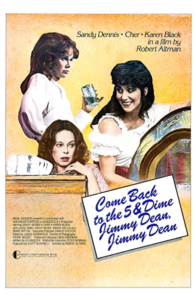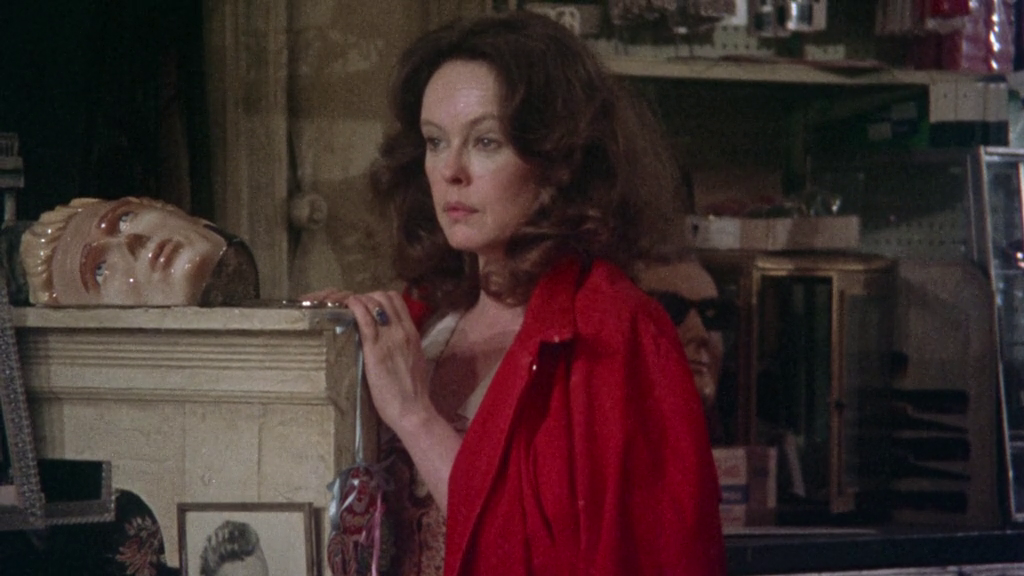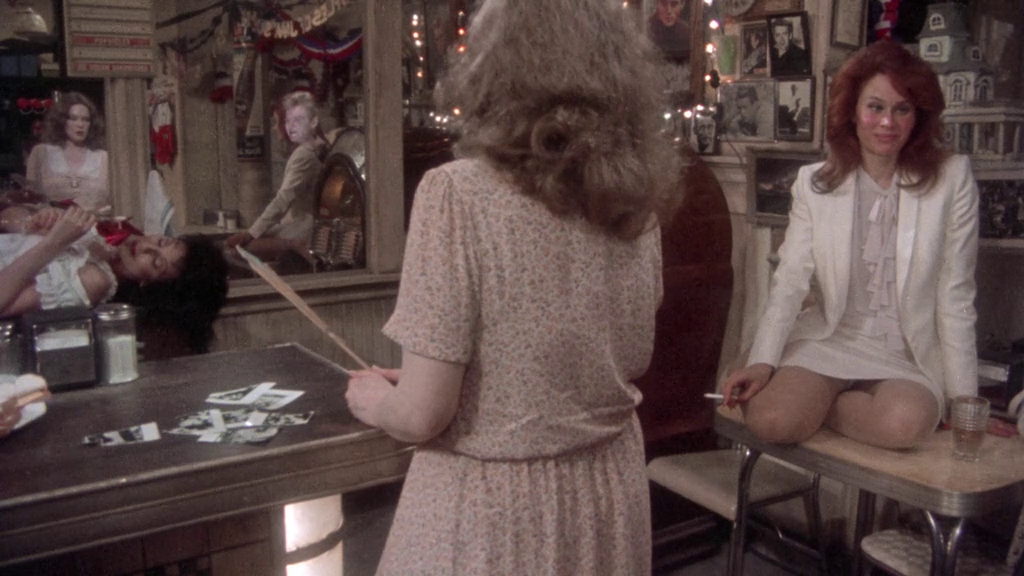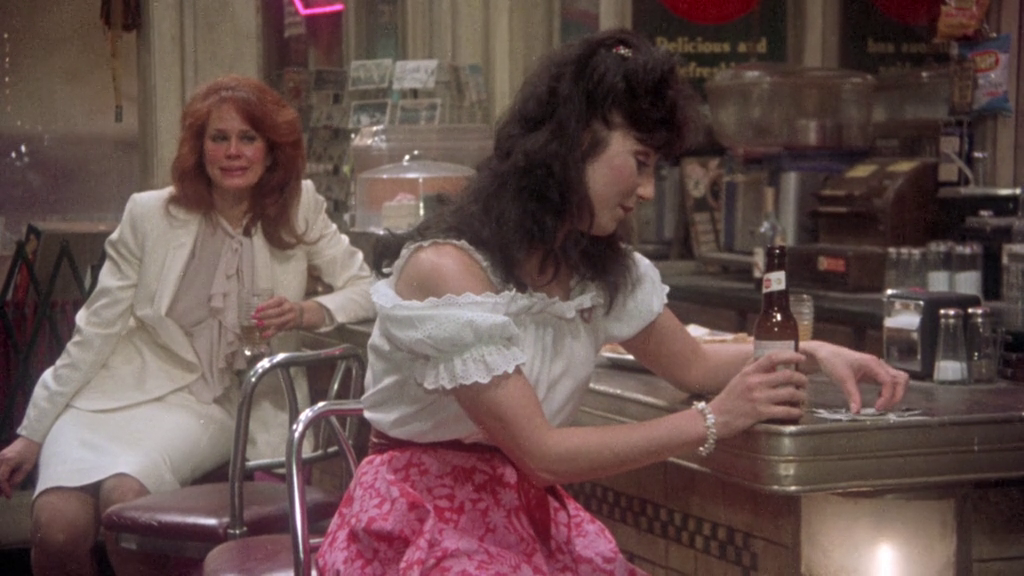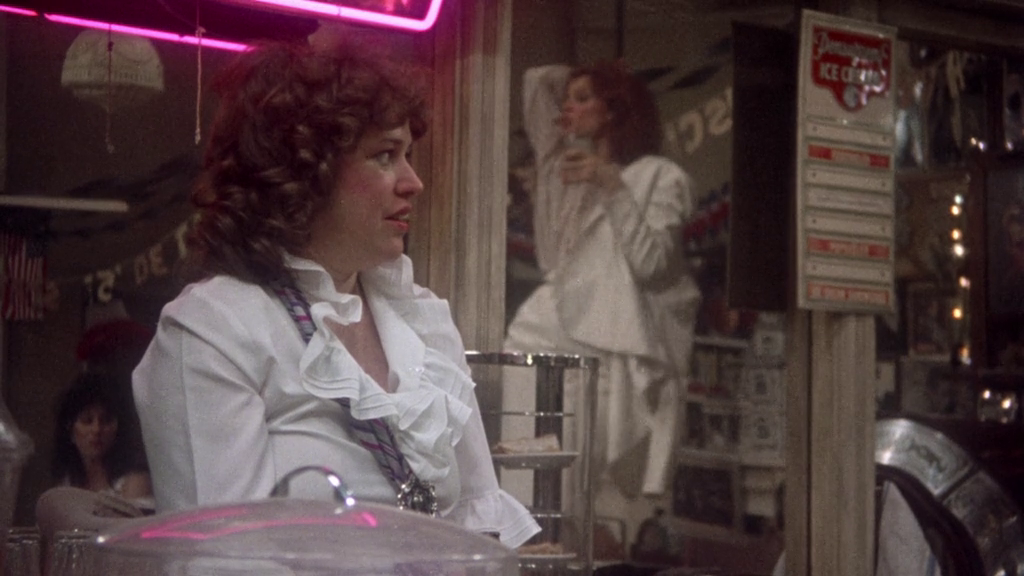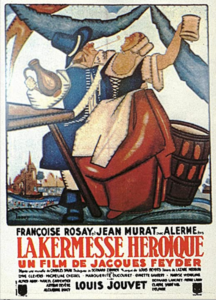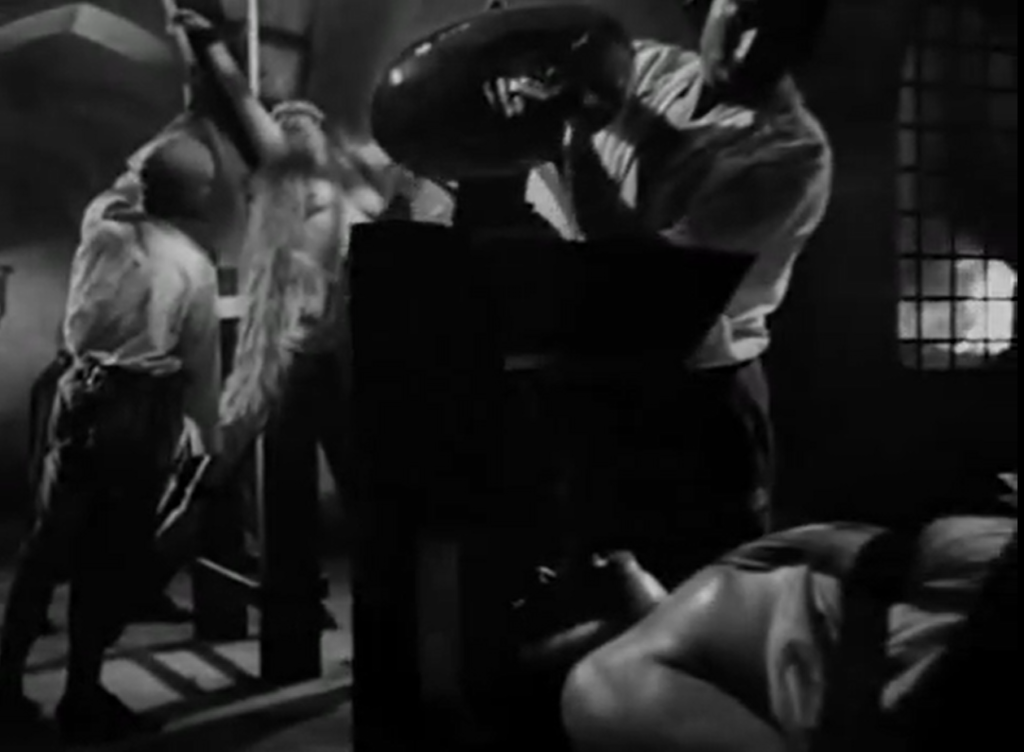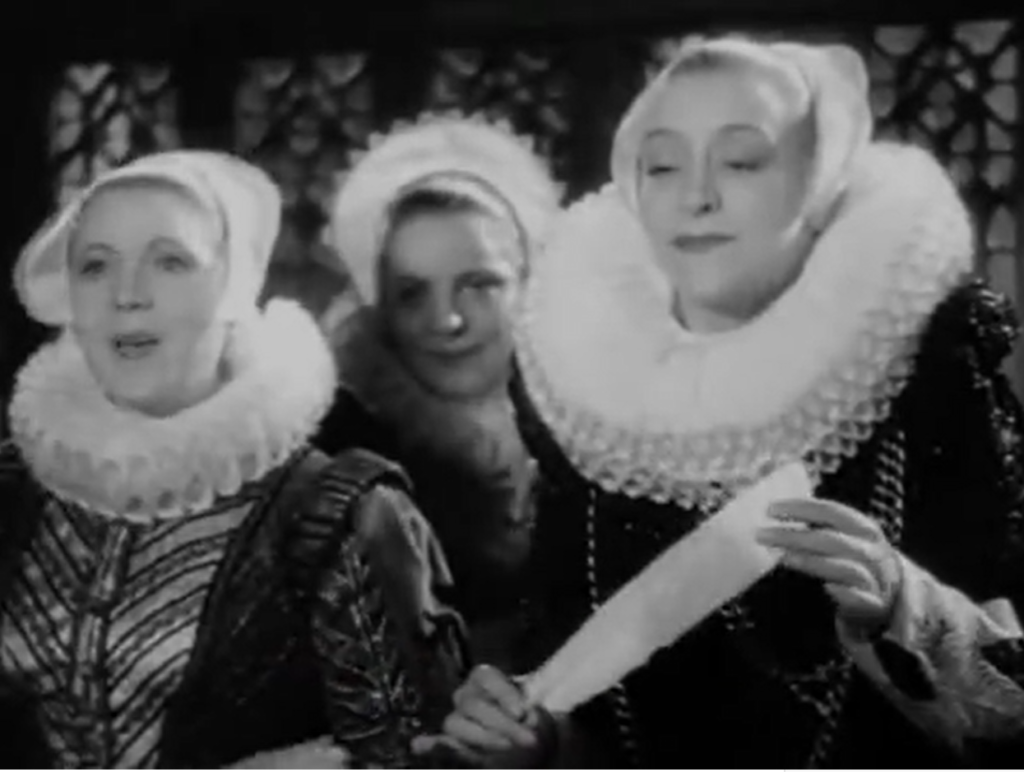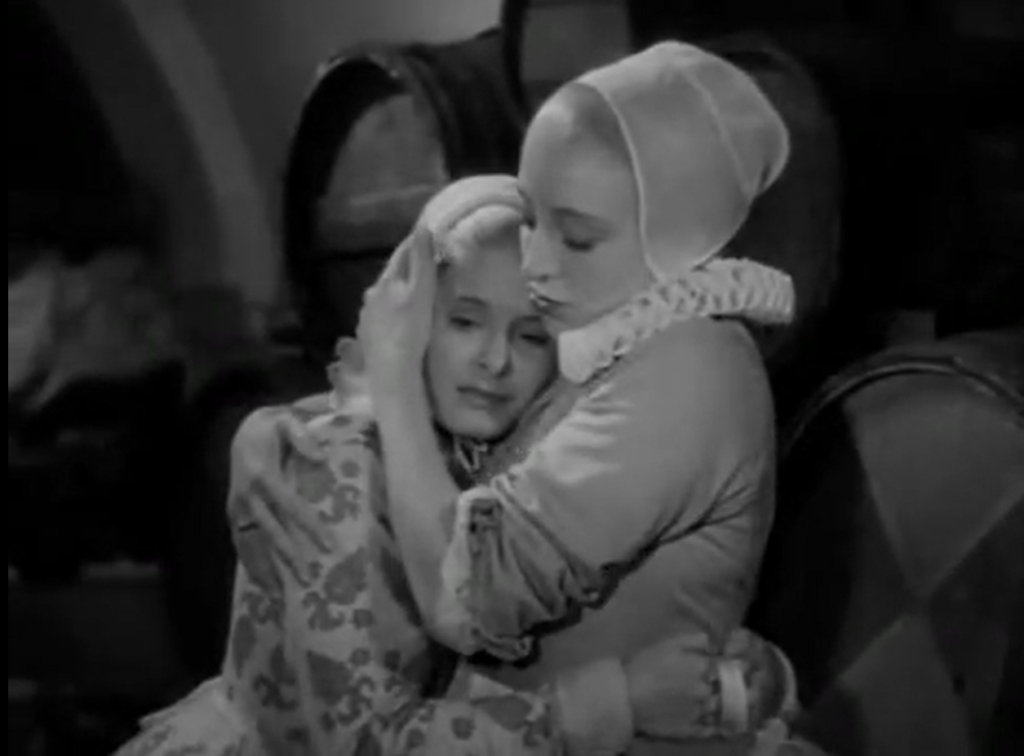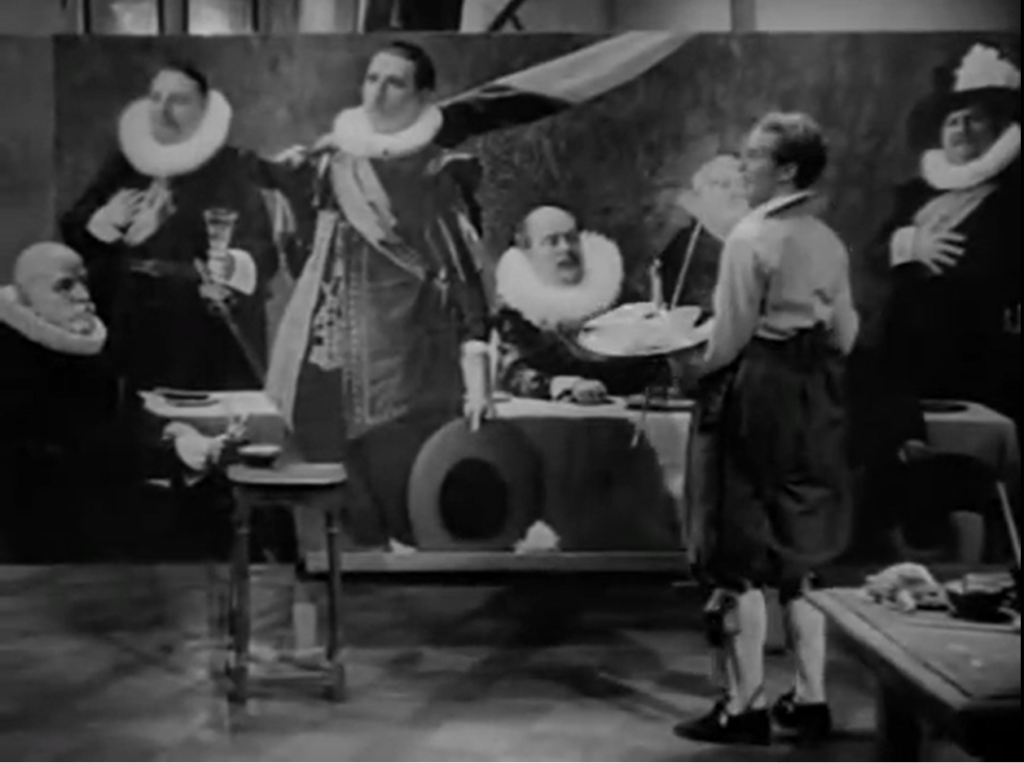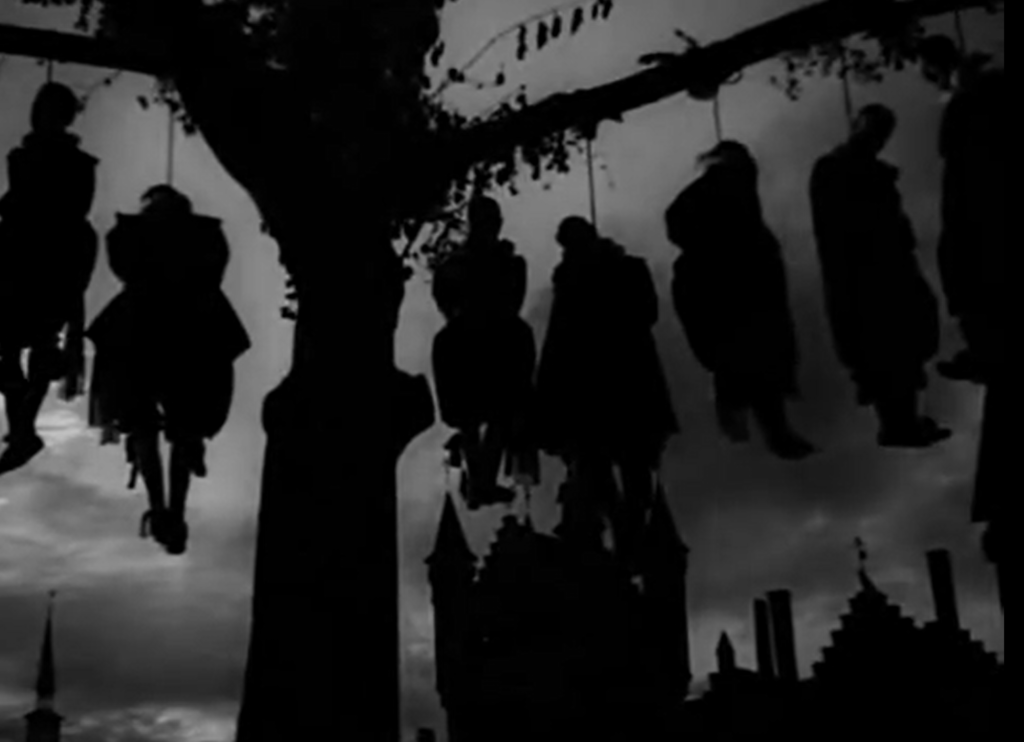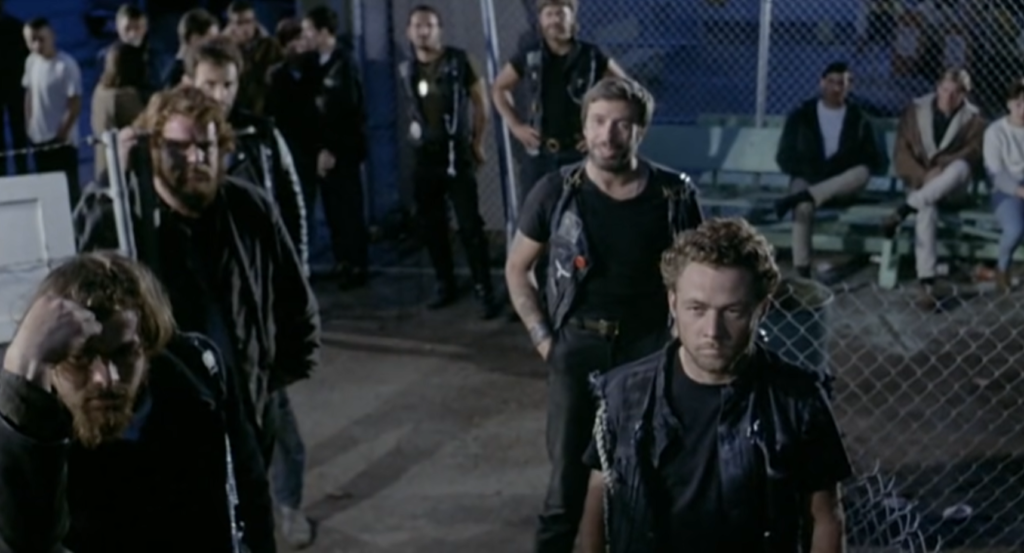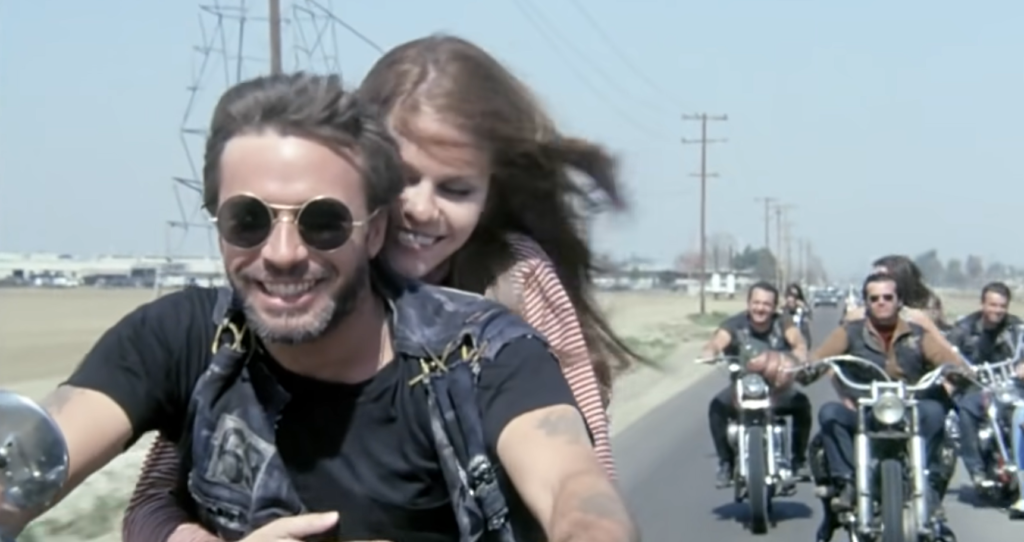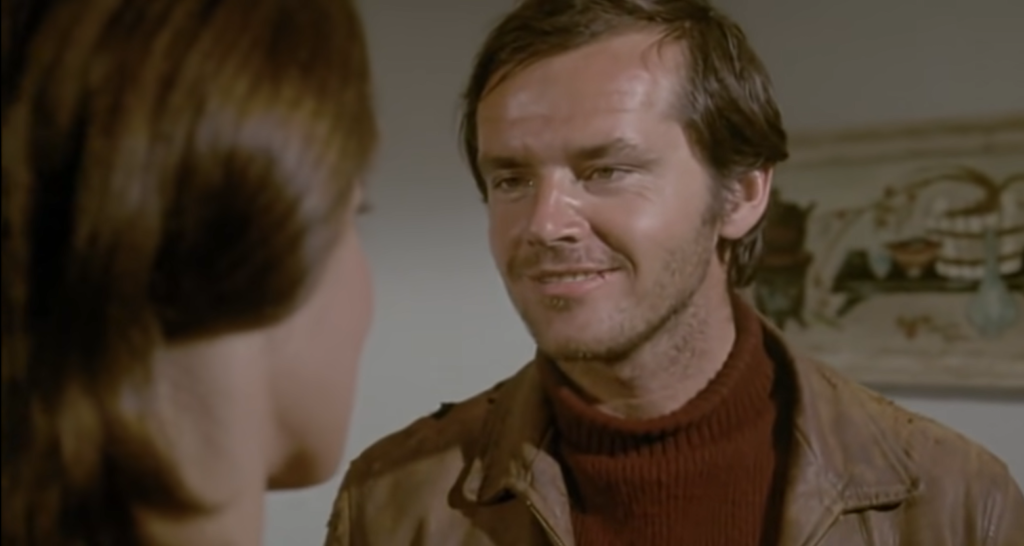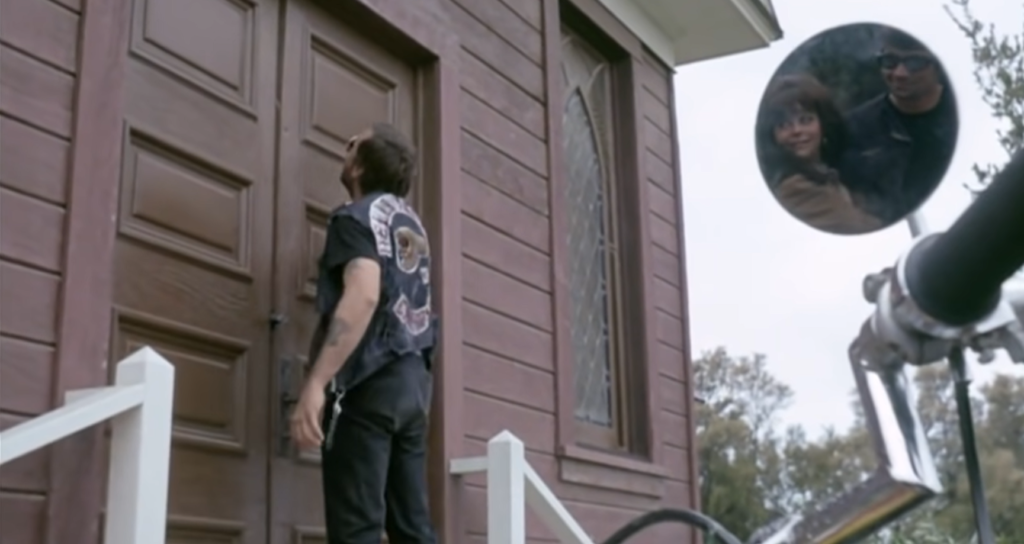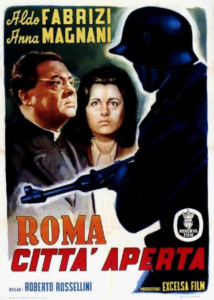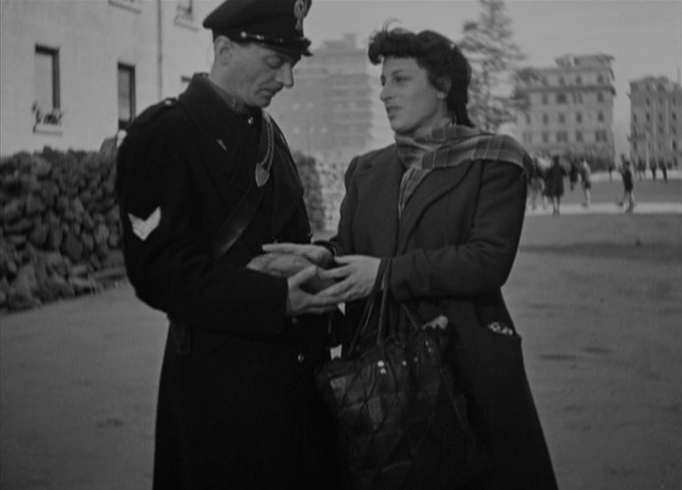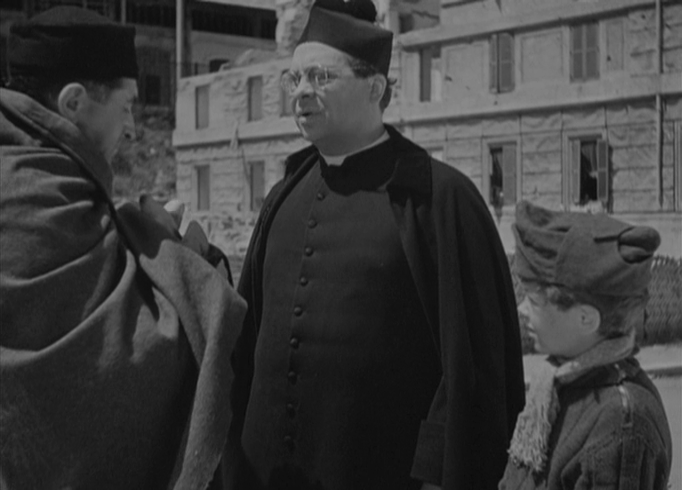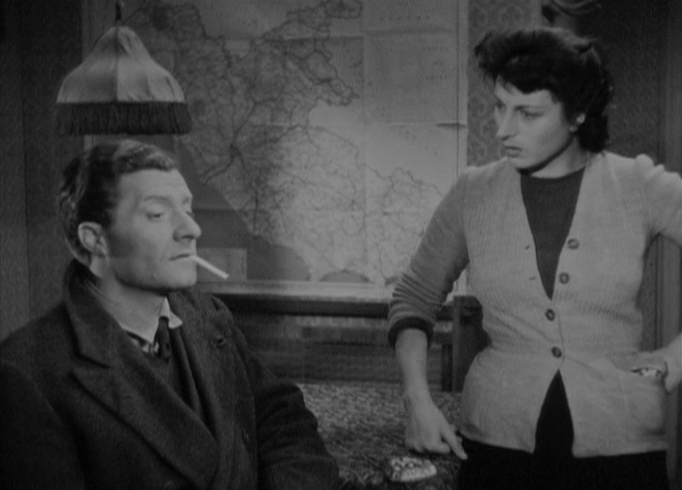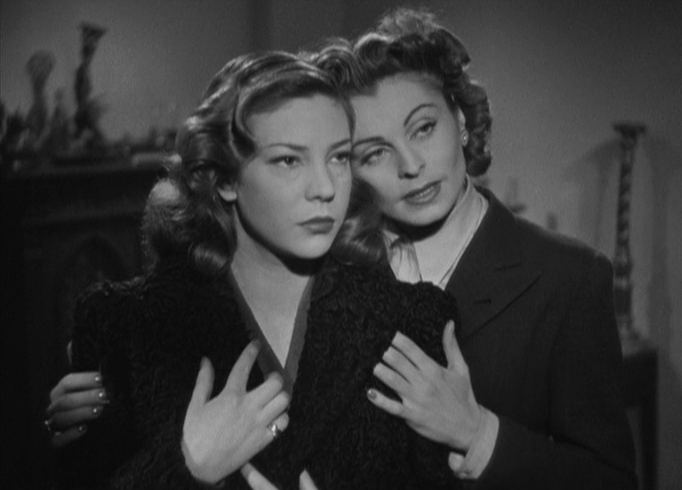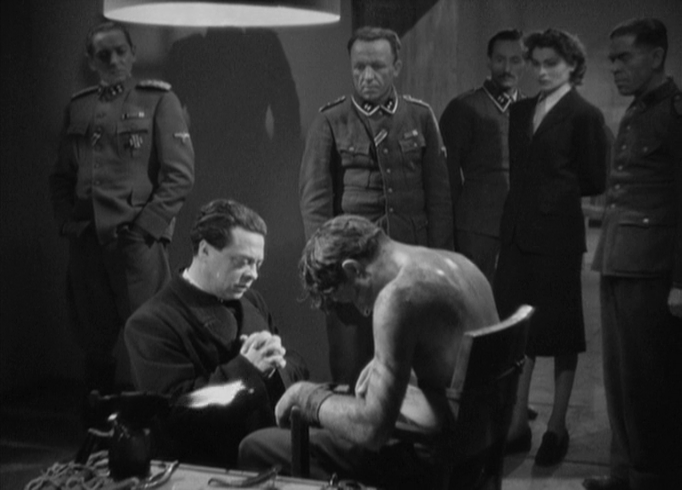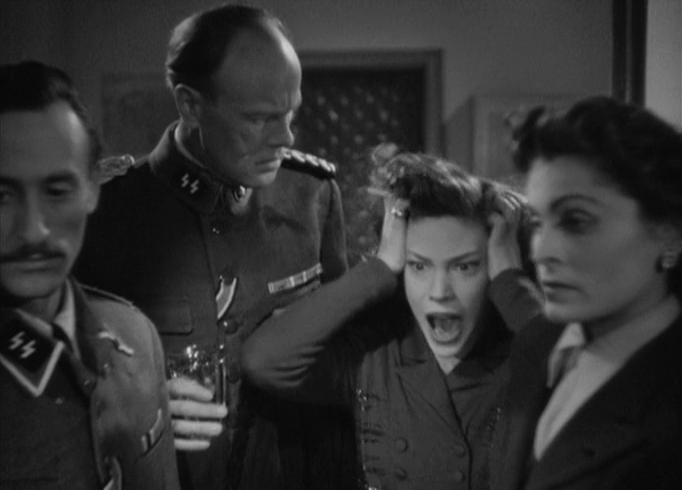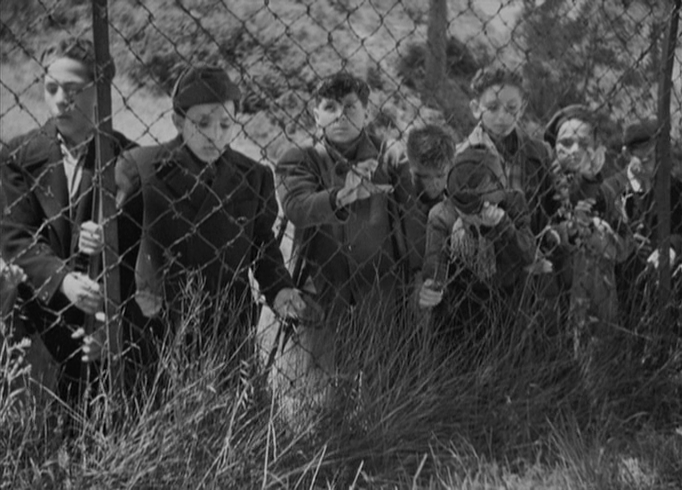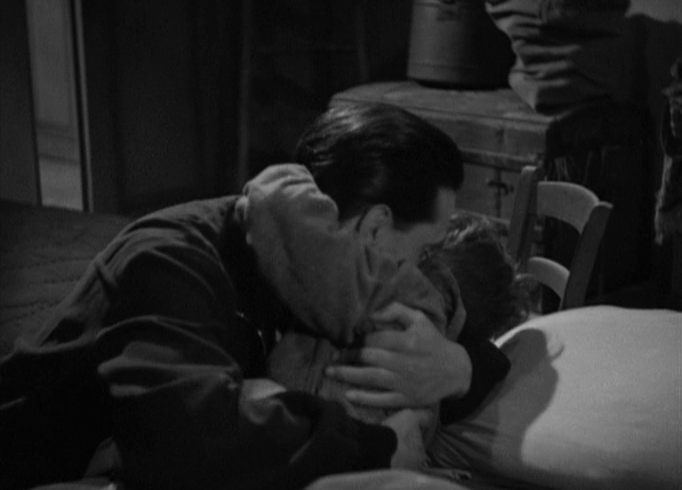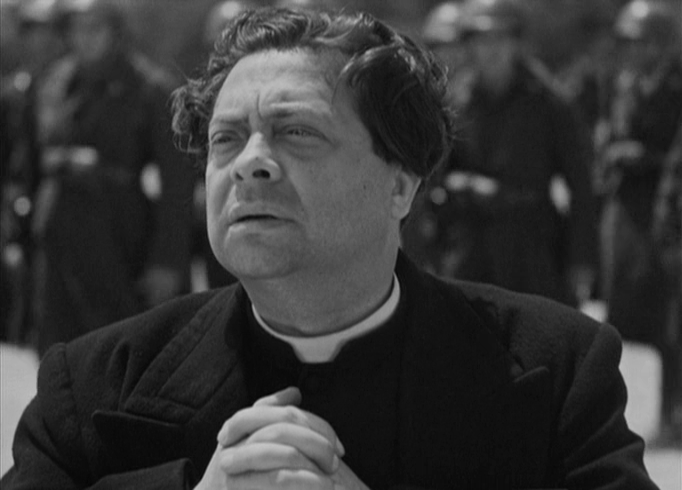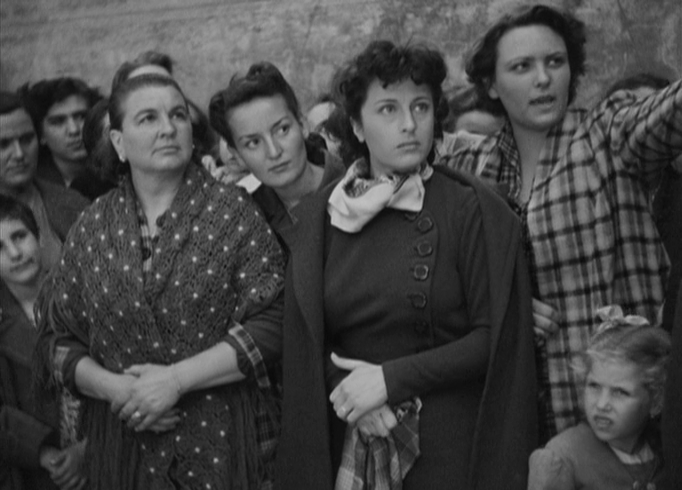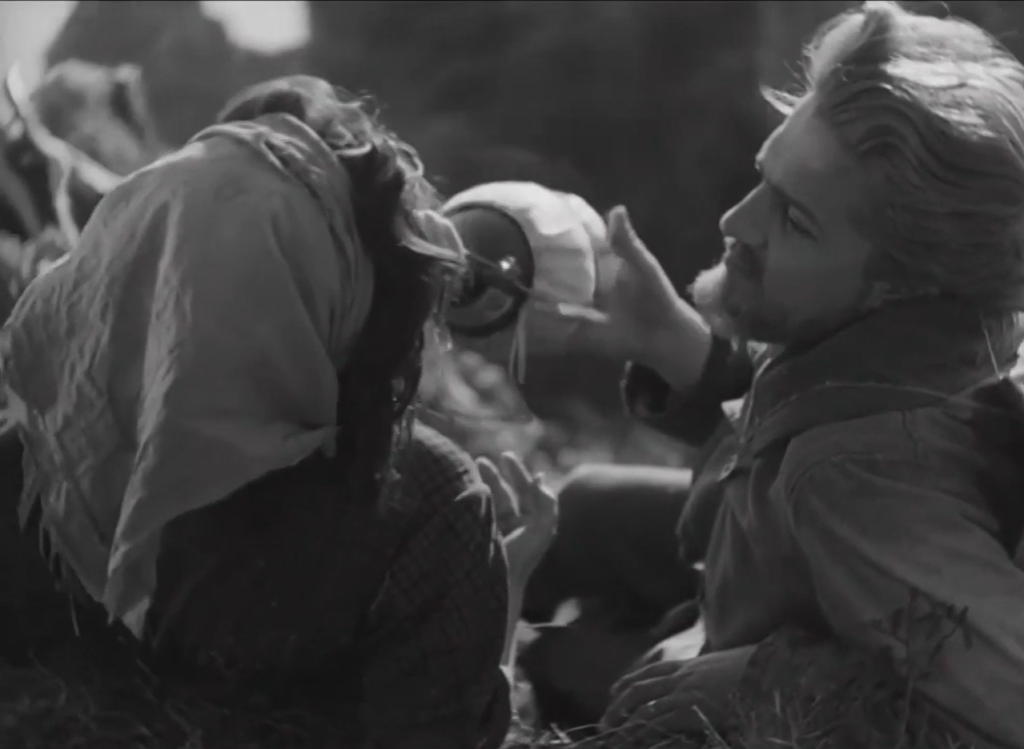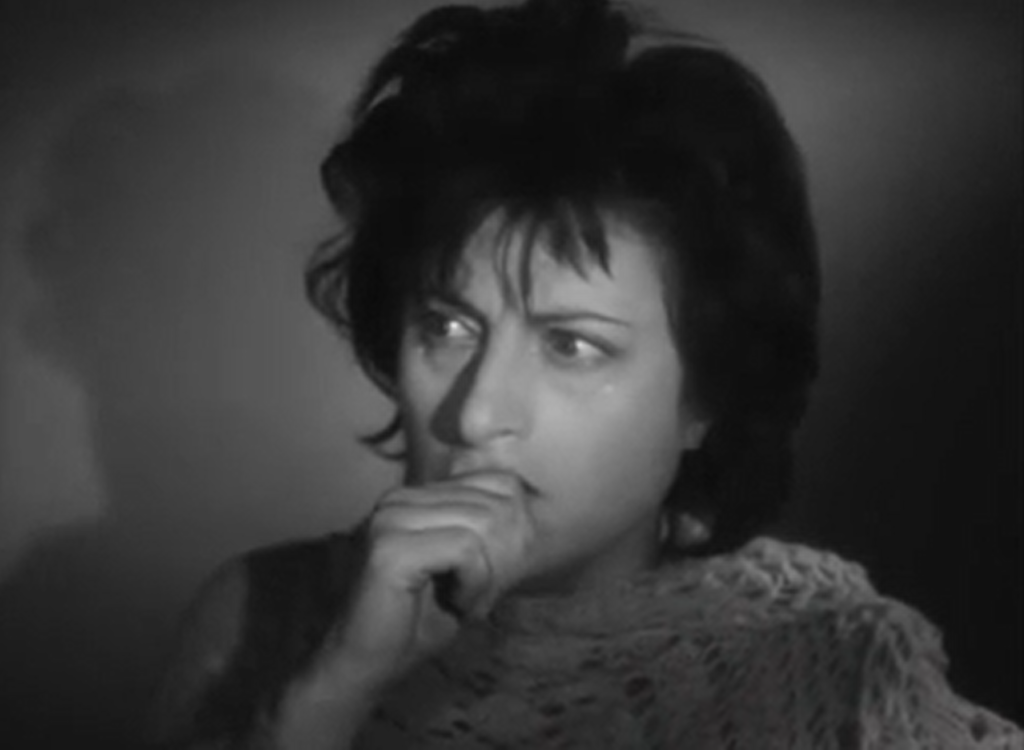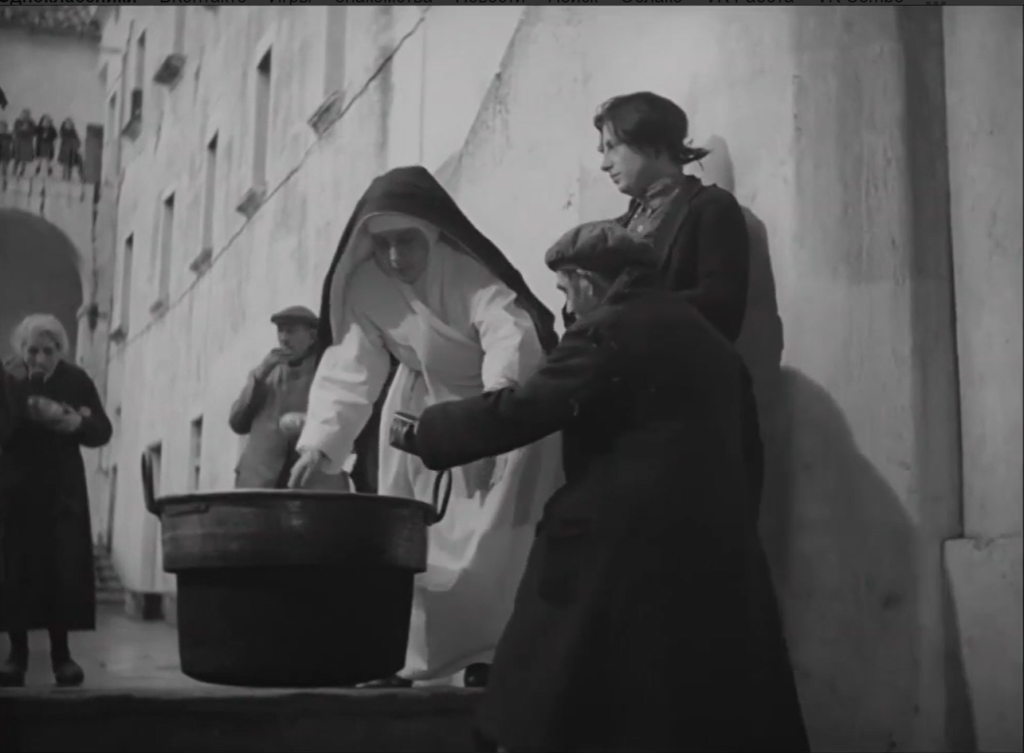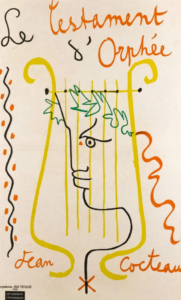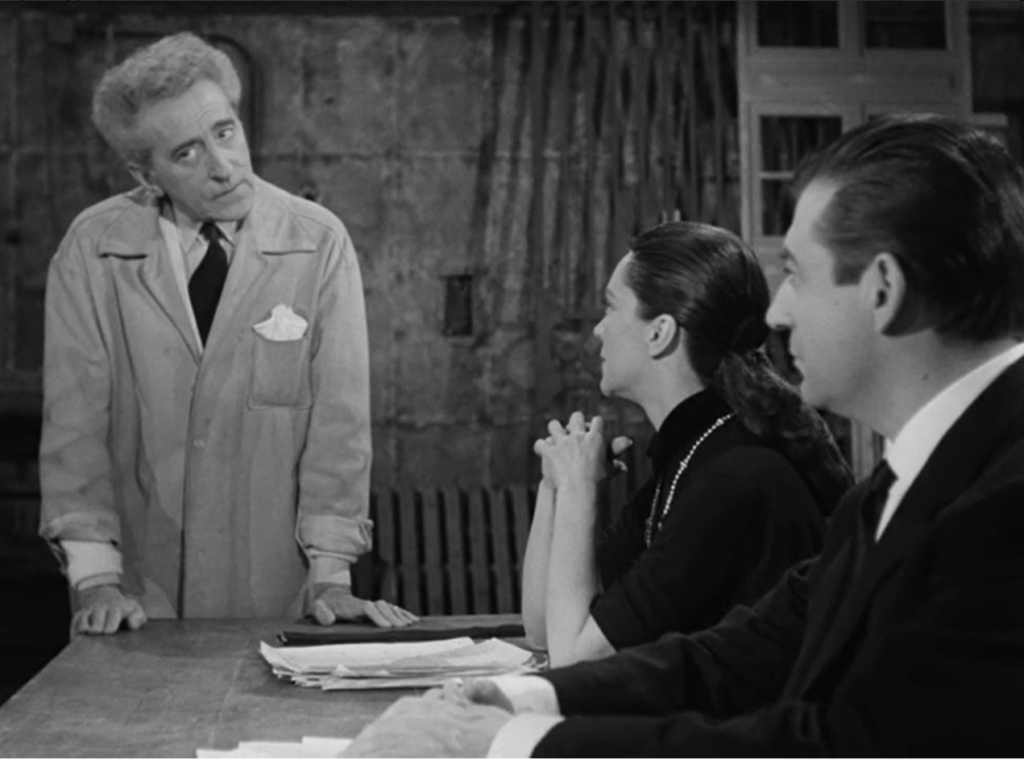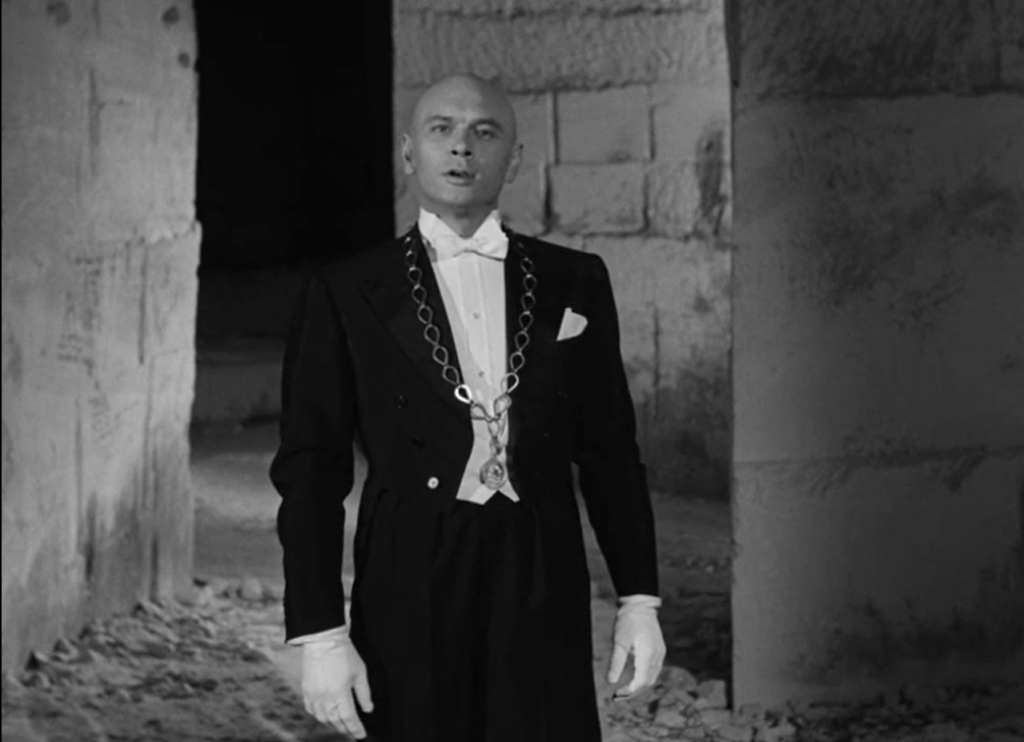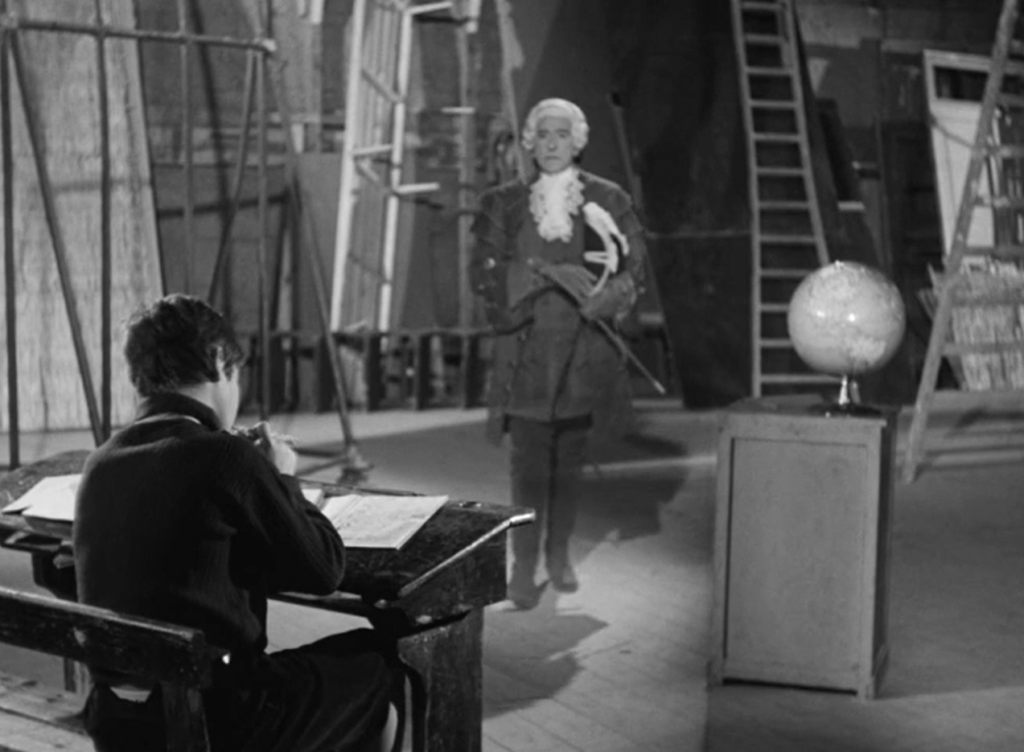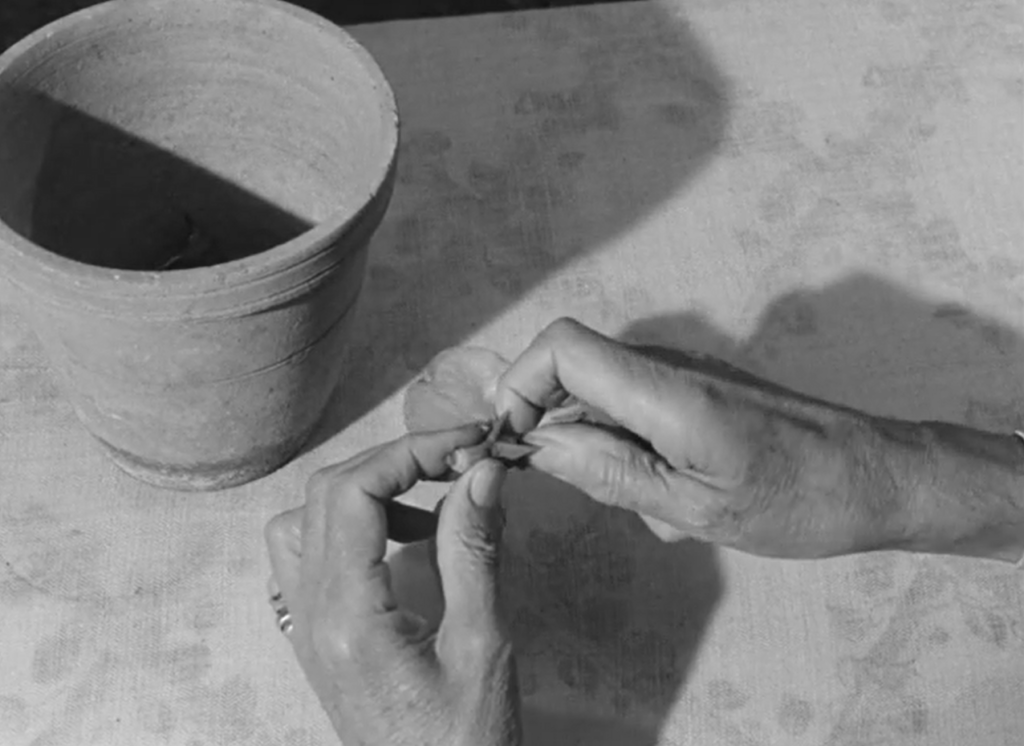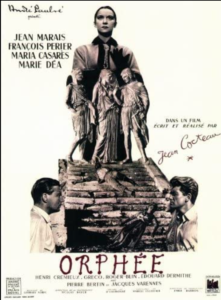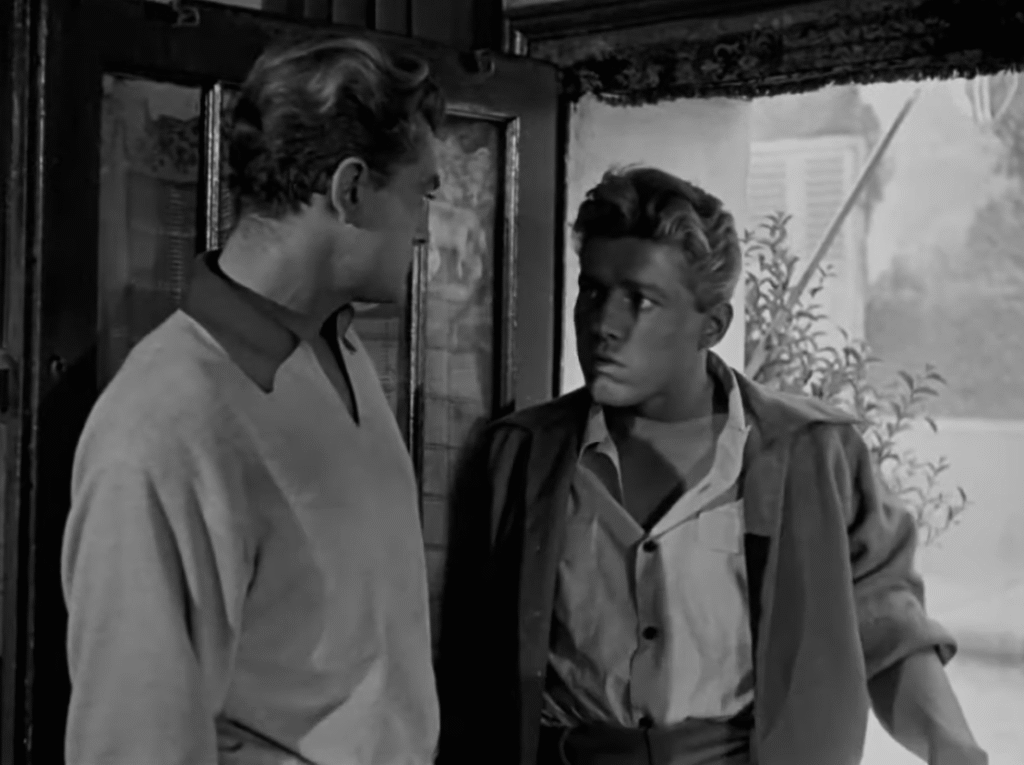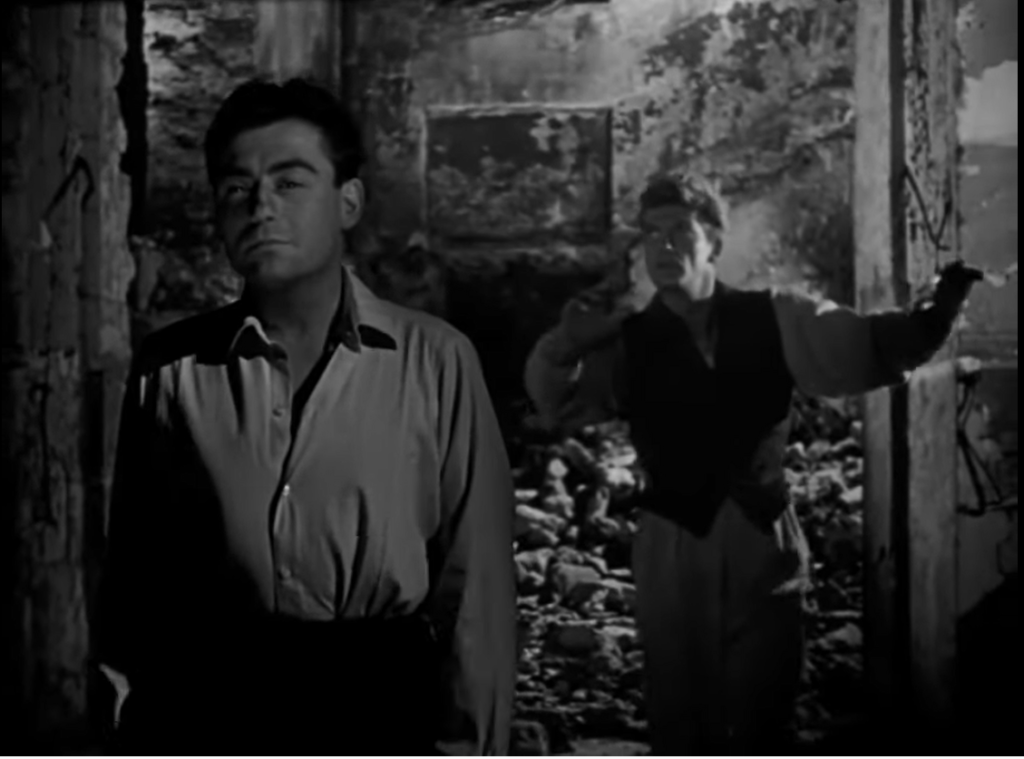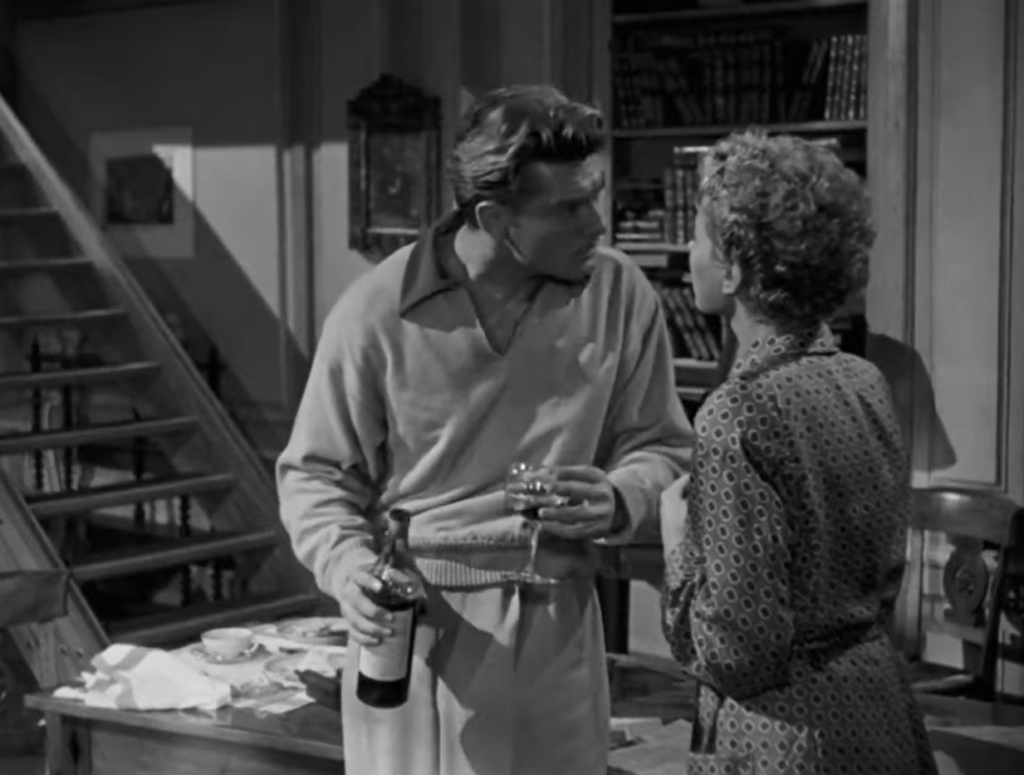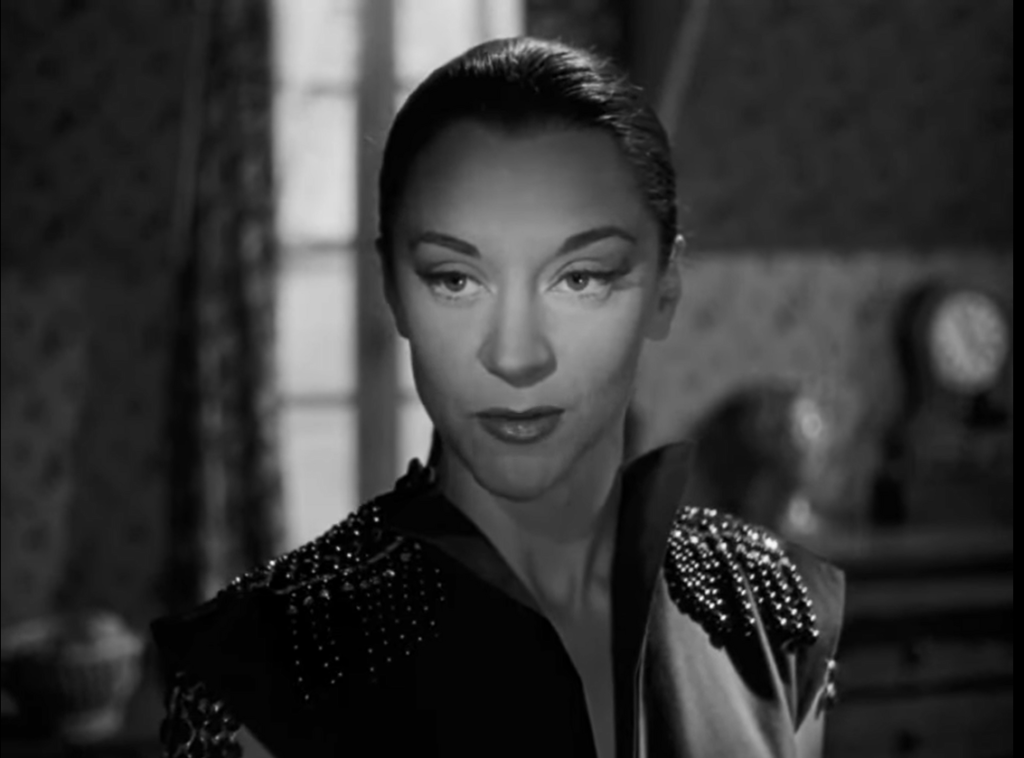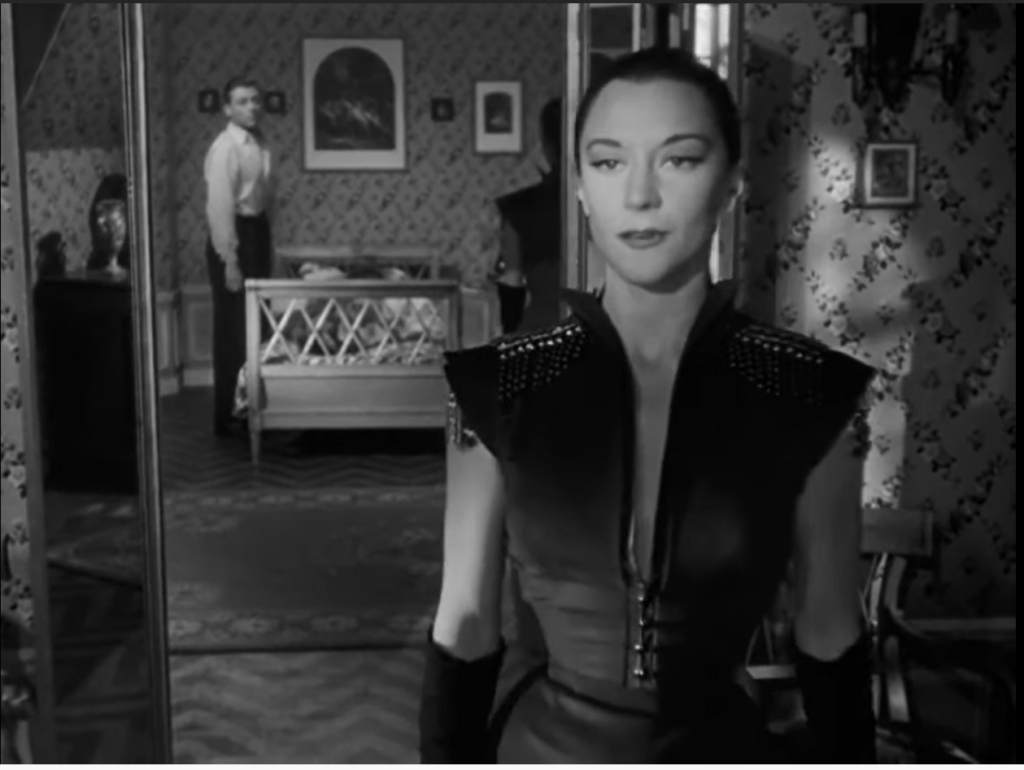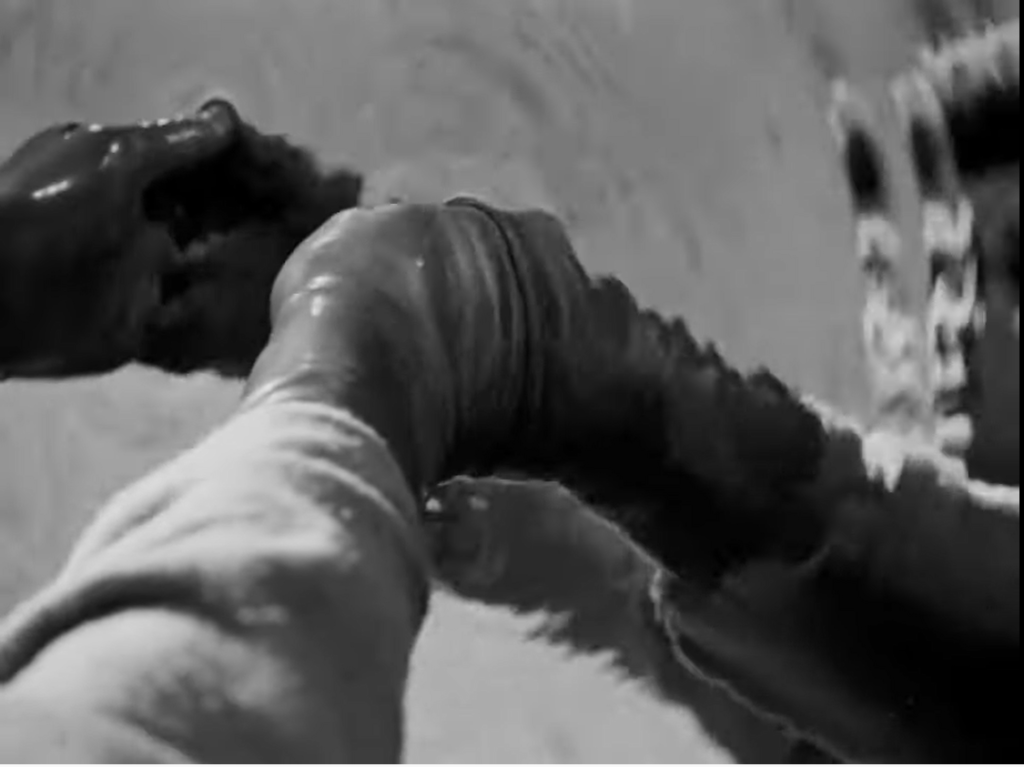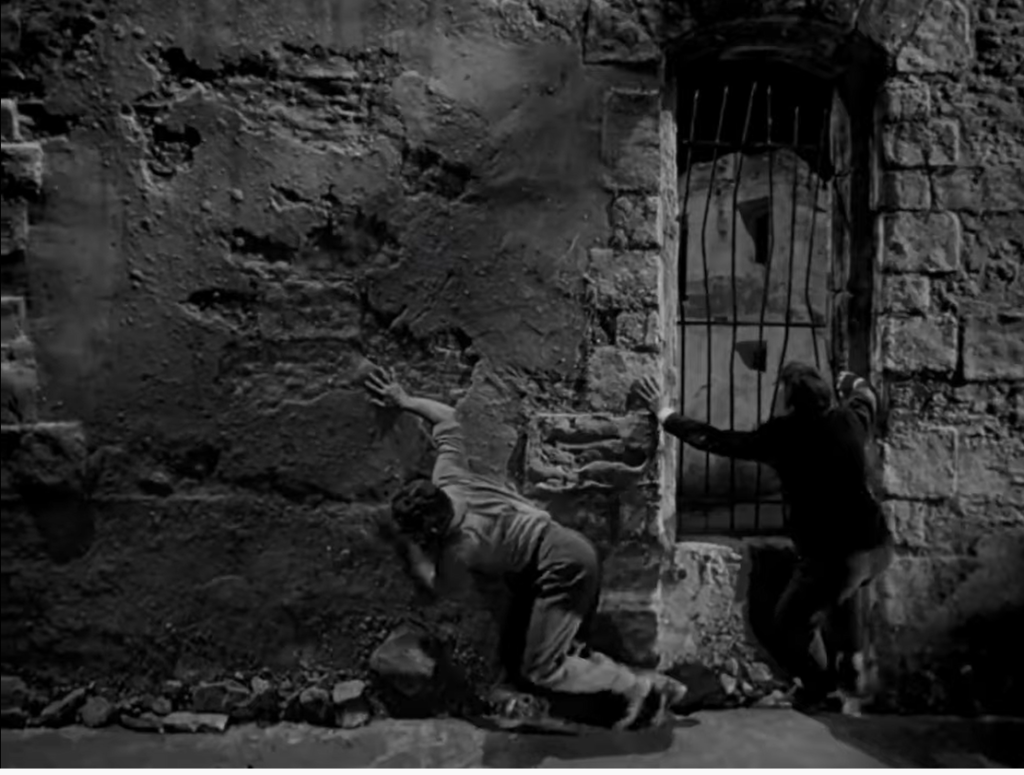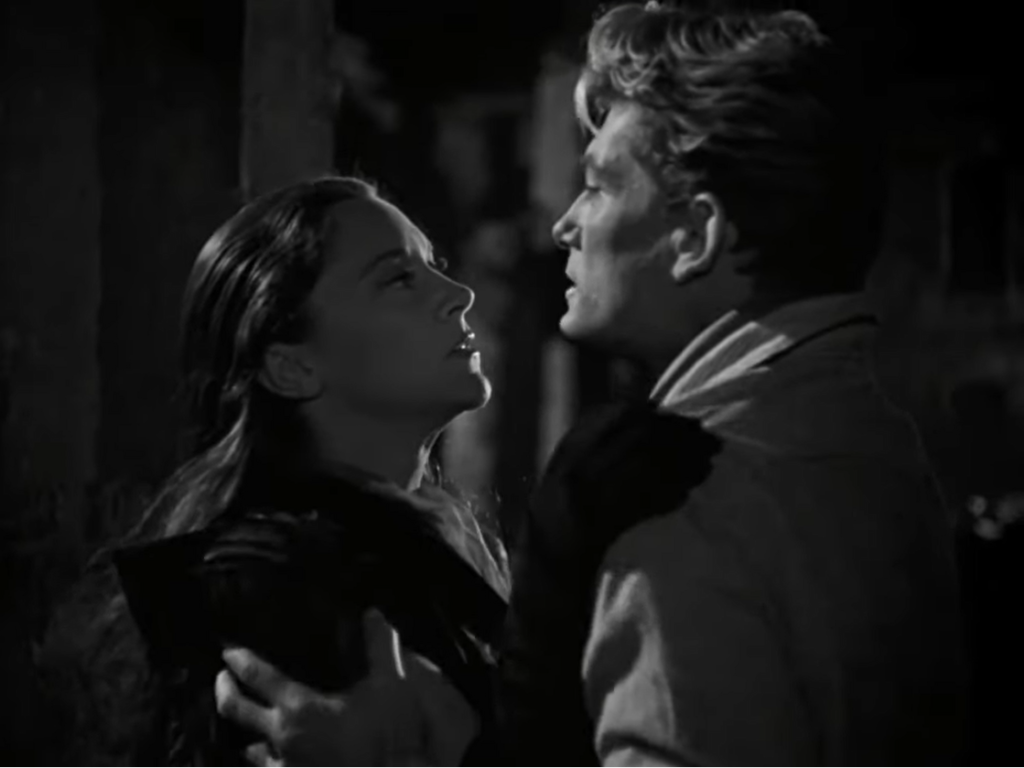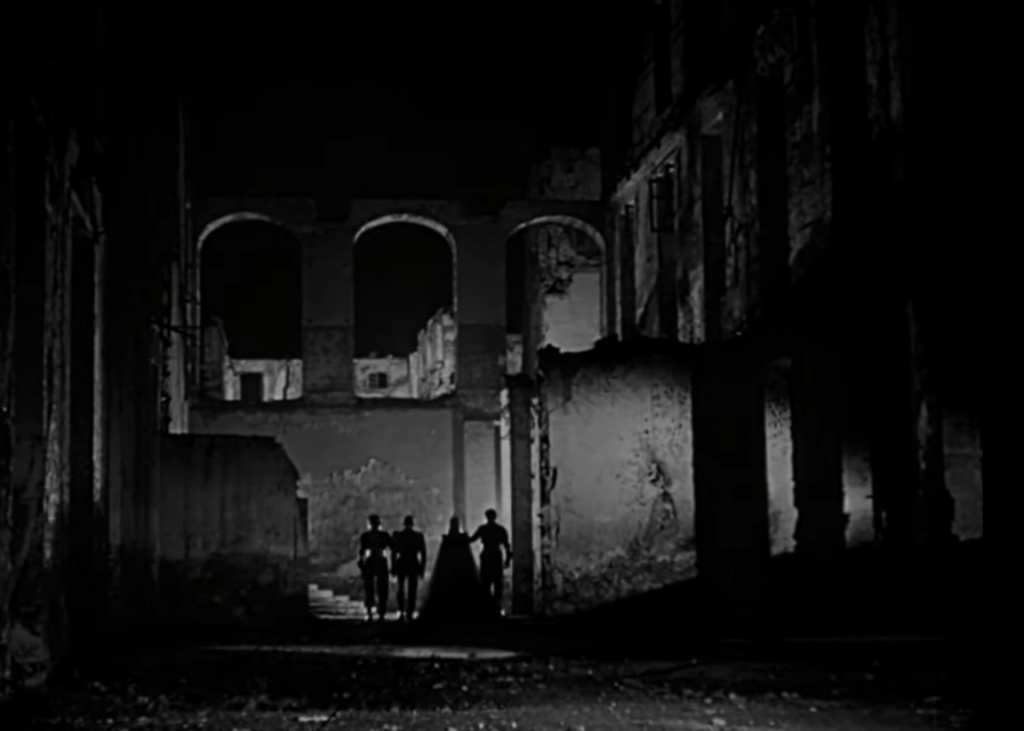Come Back to the 5 and Dime, Jimmy Dean, Jimmy Dean (1982)
“He chose me from everybody else to bring his child into the world.”
|
Synopsis: |
|
Genres, Themes, Actors, and Directors:
Response to Peary’s Review: However, Peary ultimately asserts that he “thinks it’s a bore,” noting that “the acting is okay, but [he doesn’t] believe any of the characters” and “can’t even figure out why any of these particular women would like James Dean.” (I don’t have trouble believing that latter point; obsessions over Dean were legendary and wide-spread at the time when they were young women.) Peary points out that “Altman’s one interesting touch was to use a two-way mirror through which we can look back to 1955,” which is indeed a clever cinematographic technique. Knowing that one of Altman’s first feature films was a documentary entitled The James Dean Story (1957) helps make his choice of directing this adaptation even clearer, given that — like September 30, 1955 (1977) — it serves as an interesting meta-commentary on the American public’s fascination with the enigmatic young actor. However, I’m in agreement with Peary that this movie isn’t really all that successful. While there are several “secrets” at play, two are “spoiled” nearly right away, leading us to simply wait for the moment when all the other characters will finally catch up to what we’ve known from the beginning (and the third secret, involving Cher, isn’t all that revelatory). Meanwhile, it’s not a lot of fun watching these women — each unhappy in her own way — come together to spill their guts and/or be told off by one another. Altman fans will be curious to check this one out, but it’s not must-see viewing for everyone. Notable Performances, Qualities, and Moments: Must See? Links: |
